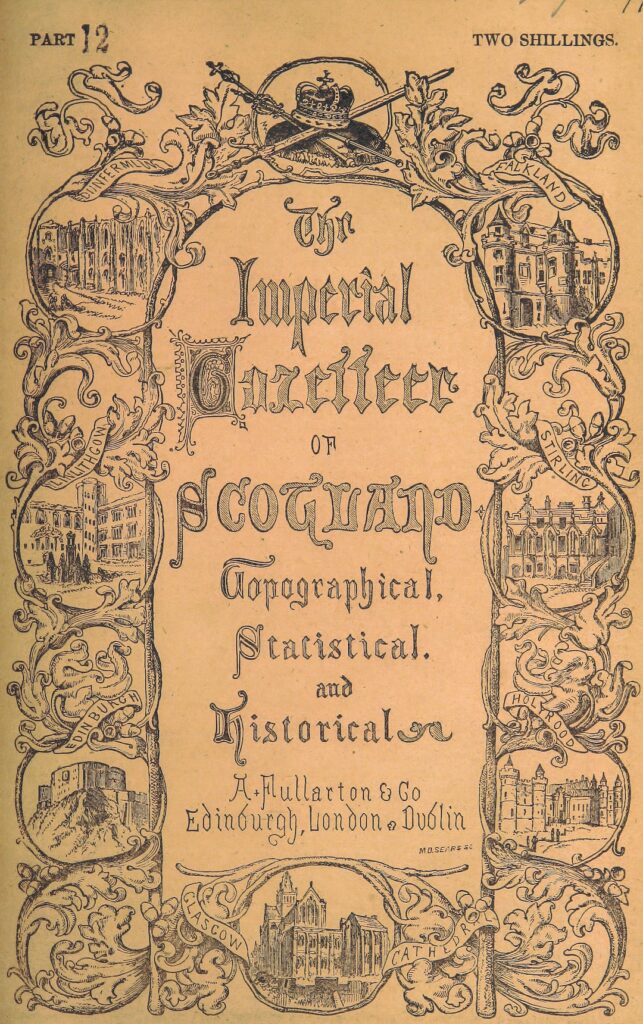Statistical Significance: Understanding the Numbers
Statistical significance is a term that often crops up in scientific research, data analysis, and even in everyday conversations about trends and patterns. But what does it really mean? How do we assess statistical significance in our own lives, and why does it matter? In this blog post, we’ll delve into the fascinating world of statistical significance, explore its importance, and equip you with the knowledge to interpret the numbers that shape our understanding of the world.
The Surprising Impact of Statistical Significance
Did you know that 8 out of 10 scientists consider statistical significance to be a crucial factor in their research findings? It’s not just a technicality; it’s at the core of how we make sense of data and draw meaningful conclusions. In fact, statistical significance plays a pivotal role in fields as diverse as medicine, economics, psychology, and marketing, shaping policies, influencing decisions, and driving innovation.
Unpacking Statistical Significance
So, what exactly is statistical significance? At its essence, it’s about determining whether an observed effect is real and not just due to chance. When we conduct experiments or analyze data, we want to know if the patterns we see are strong enough to be considered reliable indicators of a true relationship or difference. Statistical significance helps us navigate through the noise and identify signals that are likely to reflect genuine phenomena.
How to Assess Statistical Significance
1. Understand Your Data: Start by familiarizing yourself with the data you’re working with. What are the variables? What patterns or trends do you expect to see?
2. Choose the Right Test: There are various statistical tests, each suited to different types of data and research questions. Select the test that aligns with your specific scenario.
3. Set Your Significance Level: This is the threshold beyond which you’ll consider a result to be statistically significant. Conventionally, a significance level of 0.05 is widely used.
4. Calculate and Interpret P-Values: The p-value represents the probability of observing a result as extreme as, or more extreme than, what was actually observed, assuming that the null hypothesis is true.
5. Consider Effect Size: While statistical significance tells us whether an effect exists, effect size measures the strength of the relationship or the magnitude of the difference.
6. Consult Experts: If you’re venturing into complex analyses, seeking advice from statisticians or data scientists can provide invaluable insights.
Applying Statistical Significance in Daily Life
Understanding statistical significance isn’t just for professionals in research labs. It can be a powerful tool for making informed decisions in our personal lives too. Whether you’re comparing the effectiveness of different workout routines, evaluating the impact of dietary changes, or gauging the success of a small business venture, being able to discern meaningful patterns from the noise can be a game-changer.
How to Apply It in Daily Life
– Health and Wellness: When trying out new wellness trends or treatments, look for evidence of statistically significant results rather than relying solely on anecdotal experiences.
– Shopping and Consumer Choices: Consider the statistical significance of product reviews and claims when making purchasing decisions. Is the reported difference truly meaningful or just a random fluctuation?
– Personal Finance: From investments to budgeting strategies, understanding the statistical significance of financial data can help you make more informed choices about your money.
– Everyday Observations: Whether it’s assessing the impact of a new habit or determining the effectiveness of a productivity technique, applying statistical significance principles can help you separate meaningful changes from random variations.
Embracing the Power of Data
In a world inundated with information, being able to discern meaningful signals from the noise is an invaluable skill. Statistical significance empowers us to unearth insights, make informed decisions, and drive positive change. Embrace the numbers, hone your analytical skills, and let the evidence guide you towards a deeper understanding of the world around you.
In summary, statistical significance is not just a technical jargon reserved for researchers and analysts; it’s a fundamental concept that shapes our understanding of reality. By unpacking its meaning, learning how to assess it, and applying it in everyday life, we can harness the power of data to make more informed decisions and gain deeper insights into the world around us.











